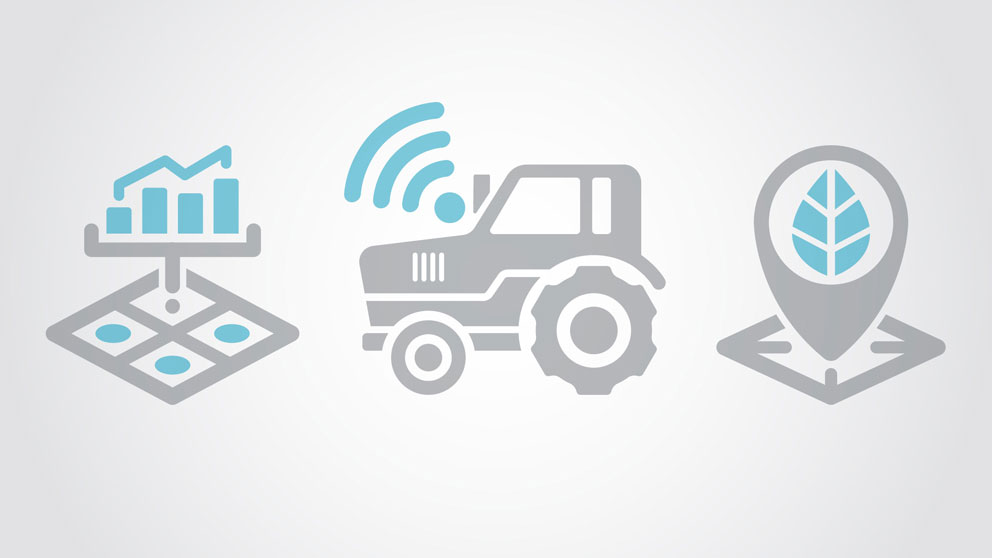How digitizing data can benefit the farm

Finding value in digitizing data can be a challenge for some farmers. Yet digital data offers many applications, according to Marty Seymour, Director, Industry Relations.
“Electronic data can be used to make agronomic decisions and assist with accounting practices and record-keeping,” Seymour says. It creates a history of activities from seeding time to fertilizer application and a variety of harvest data. With livestock, it can create a digital history throughout an animal’s life.
Seymour believes there are even more examples of real and tangible benefits of digitizing records developed every year, which is helping farmers adopt the practice.
“We’re also collecting many forms of digital records straight from our tractors, combines and bins,” Seymour says, as well as from robotic milkers, poultry and hog barn feed systems and digital ear tags on cattle.
He expects as data collection is simplified, it will inevitably lead to more farmers keeping their records digitally.
Digital acceptance is split
In instances where farmers haven’t embraced the practice of digitized record-keeping, Seymour says they may not derive any value from a digital record.
“Basically, they don’t use the information to make any material decisions,” Seymour says.
Some believe their paper records adequately address their needs. Some feel the digital record-keeping platforms are too complex.
“Just like tech adoption in all parts of our lives, if it’s incredibly complex and I only use it a few times a year, I’m less likely to engage in learning how to operate the software,” Seymour points out.
Adopting digital software
Chris Vanthuyne, a former FCC AgExpert Senior Product Owner, agrees that ease of use is the immediate barrier to adopting new technology.
Farmers want to see a return on the time they invest in digitizing their records.
Digital software is designed to simplify digitizing users’ records, making farm details more readily available.
Farmers also want to see a return on the time they invest in digitizing their records, Vanthuyne notes.
“There are a lot of decisions that you make throughout the growing season. Digitizing your records and having that information available can help you make decisions with supported information,” Vanthuyne says.
Software can quickly provide historical data about spraying and crop rotation, cost of production and profitability. Users can also readily access their data for crop insurance reporting and accounting bookkeeping.
Farmers also want reassurance their data is secure and that they own it, says Vanthuyne. Many industry-leading companies, including well-known software packages like John Deere’s Operations Centre and FCC AgExpert, are Ag Data Transparent Certified, meaning users own their data and it’s safe and secure.
Bottom line
Finding value in digitized farm data may be tough for some farmers, but as data collection becomes easier, adoption rates are expected to increase. Digitized records put information such as plant times, seeding depth, crop rotation, input rates, cost of production and profitability at your fingertips.
Article by: Richard Kamchen

Use GPS technology for precision guidance and to monitor, track and protect your equipment, livestock and even your beehives.